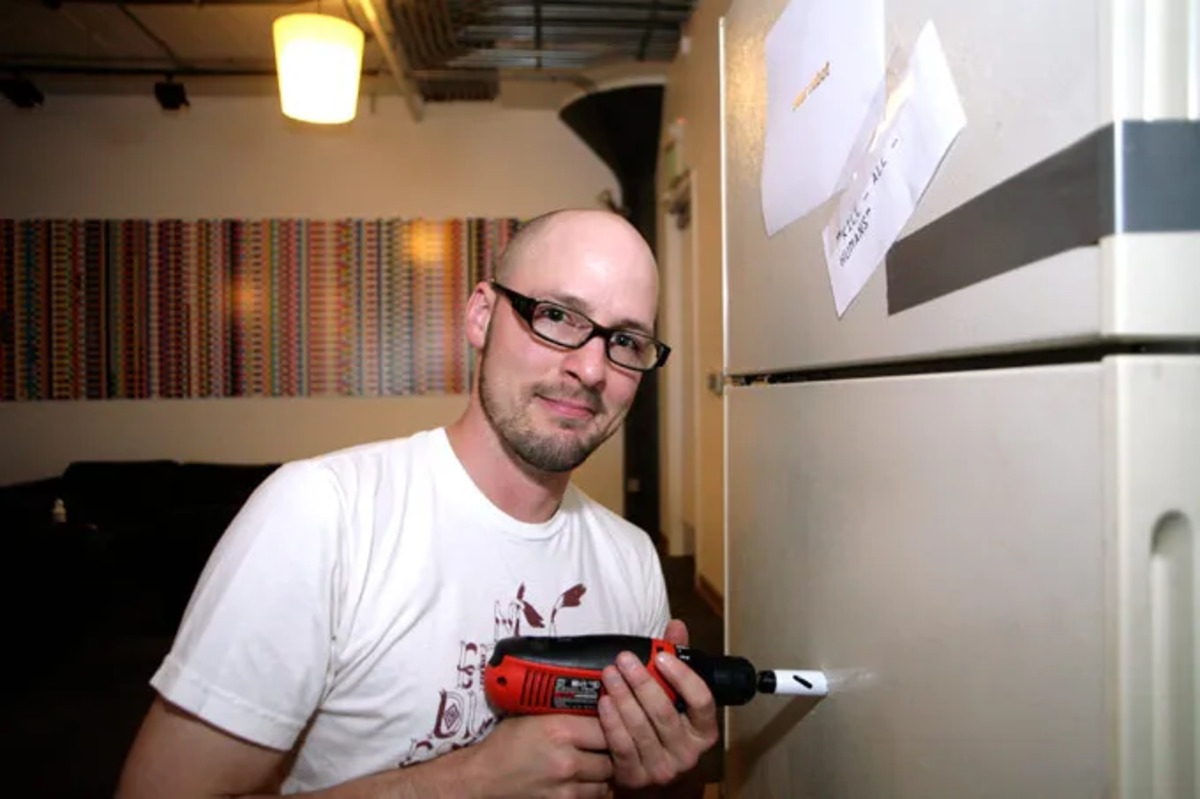

Articles
How Big Should You Drill For Kegerator
Modified: February 26, 2024
Discover the optimal kegerator drill size with our insightful articles. Get expert advice on how big to drill for your kegerator setup and perfect your beer dispensing experience.
(Many of the links in this article redirect to a specific reviewed product. Your purchase of these products through affiliate links helps to generate commission for Storables.com, at no extra cost. Learn more)
Introduction
Installing a kegerator in your home or business can elevate your beer-drinking experience to a whole new level. Not only does it provide the convenience of having perfectly chilled draft beer on tap, but it also adds a touch of sophistication to any space. However, before you can enjoy the benefits of a kegerator, you’ll need to navigate through the process of drilling a hole for its installation.
One of the primary considerations when drilling a hole for a kegerator is determining the size of the hole. It can be challenging to determine the optimal drill size, especially if you’re unfamiliar with keg sizes, dimensions, and the components involved in the installation process. In this article, we’ll guide you through the factors to consider and provide a step-by-step guide to help you drill the perfect hole for your kegerator.
By understanding the various factors involved and following the recommended guidelines, you can ensure a smooth and successful installation, without compromising the integrity of your kegerator or the surrounding area. So, let’s dive into the factors you need to consider before deciding on the drill size for your kegerator installation.
Key Takeaways:
- Choose the right drill size for your kegerator by considering keg size, draft tower size, wall thickness, hose and fitting size, installation location, and future flexibility. This ensures a smooth and successful installation without compromising the integrity of your kegerator or the surrounding area.
- After drilling the hole, ensure proper sealing and installation of components to avoid leaks and maintain the integrity of your kegerator system. Regular maintenance and cleaning will keep your kegerator in optimal condition for years of enjoyable beer-drinking experiences.
Read more: How Big Should Patio Be
Factors to Consider Before Deciding the Drill Size
Before you start drilling a hole for your kegerator, it’s essential to consider several factors that will help you determine the appropriate drill size. These factors include:
- Keg Size: The size of the keg you plan to install in your kegerator is crucial in determining the drill size. Different keg sizes have varying dimensions, which will impact the size of the hole you need to drill. Common keg sizes include half barrel (15.5 gallons), quarter barrel (7.75 gallons), and sixth barrel (5.17 gallons).
- Draft Tower Size: The draft tower is the component that connects the keg to the tap. It’s important to consider the size of the draft tower when determining the drill size. If you have a larger draft tower, you may need a larger hole to accommodate it.
- Wall Thickness: Consider the thickness of the wall where you plan to drill the hole. You want to ensure that the hole size is appropriate for the wall thickness to prevent any structural damage or instability.
- Hose and Fitting Size: Take note of the hose and fitting size of your kegerator system. This is crucial because the hole you drill should be large enough to fit the necessary hoses and fittings through without any restrictions or difficulties.
- Installation Location: The location of your kegerator installation can also affect the drill size. If your kegerator will be placed in a tight or confined space, you may need to consider drilling a smaller hole to accommodate the limited space.
- Future Flexibility: Lastly, consider whether you may want to make changes or upgrades to your kegerator system in the future. If you anticipate making adjustments or adding additional components, you may want to drill a slightly larger hole to allow for future flexibility.
By taking these factors into account, you’ll be able to make an informed decision about the size of the hole you need to drill for your kegerator installation. Next, let’s explore the different keg sizes and their dimensions to help you better understand the specifications you’ll be working with.
Understanding Keg Sizes and Their Dimensions
When it comes to kegerators, it’s essential to have a good understanding of the different keg sizes and their dimensions. This knowledge will help you determine the appropriate drill size for your kegerator installation. Here are the most common keg sizes and their dimensions:
- Half Barrel Keg: Also known as a full-size keg, the half barrel keg is the largest standard keg size. It holds approximately 15.5 gallons or 58.7 liters of beer. The dimensions of a half barrel keg are typically 23.3 inches in height and 16.1 inches in diameter.
- Quarter Barrel Keg: This keg size, also known as a pony keg, holds about 7.75 gallons or 29.34 liters of beer. The dimensions of a quarter barrel keg can vary slightly, but it’s typically around 13.7 inches in height and 16.1 inches in diameter.
- Sixth Barrel Keg: Commonly referred to as a sixtel, this keg size is smaller and holds about 5.17 gallons or 19.5 liters of beer. The dimensions of a sixth barrel keg are usually around 23.4 inches in height and 9.25 inches in diameter.
- Cornelius Keg: Also known as a Corny keg, this is a popular option for homebrewers. It is smaller than commercial kegs and holds about 5 gallons or 18.9 liters of beer. The dimensions of a Cornelius keg are approximately 22.8 inches in height and 8.5 inches in diameter.
It’s crucial to note that the dimensions mentioned above are approximate and may vary slightly depending on the manufacturer. Therefore, it’s always a good idea to double-check the specific dimensions of the keg you’ll be working with to ensure accuracy.
Now that you have a better understanding of keg sizes and their dimensions, you can move on to deciding the optimal drill size for your kegerator installation. This decision will ensure a proper fit for your specific keg size and necessary components.
Deciding the Optimal Drill Size for Kegerator Installation
When it comes to determining the optimal drill size for your kegerator installation, there are a few considerations to keep in mind. The main goal is to drill a hole that is large enough to accommodate the necessary components while ensuring a secure and stable fit. Here’s a step-by-step guide to help you decide the drill size:
- Measure the Draft Tower: Start by measuring the diameter of the draft tower, which is the component that connects the keg to the tap. This measurement will give you an idea of the minimum size hole you’ll need to drill to fit the draft tower through.
- Add Clearance: To ensure that the draft tower fits comfortably through the hole, it’s recommended to add a bit of clearance. Add approximately 1/8 to 1/4 inch to the diameter measurement of the draft tower to determine the ideal drill size. This extra space will allow for easier installation and adjustments when connecting the components.
- Consider Components: Take into account the size of other components, such as hoses, fittings, and shanks. These components will need to pass through the drilled hole as well, so ensure that the drill size is sufficient to accommodate them comfortably.
- Refer to Manufacturer Guidelines: It’s always a good idea to consult the manufacturer’s guidelines or instructions for your specific kegerator model. They might provide recommendations or specifications for the drill size based on the components included in the package.
- Plan for Growth: If you anticipate expanding your kegerator setup in the future, it’s advisable to drill a slightly larger hole. This will allow for easier installation of additional components or upgrades without having to drill another hole.
By following these steps and considering the necessary factors, you can decide on the optimal drill size for your kegerator installation. Remember, it’s always better to err on the side of caution and drill a slightly larger hole than to risk damaging the components or compromising the integrity of the installation.
When drilling for a kegerator, use a drill bit that is slightly larger than the shank of the beer faucet. This will ensure a snug fit and prevent any leaks.
Step-by-Step Guide for Drilling a Hole for Kegerator
Now that you’ve determined the optimal drill size for your kegerator installation, it’s time to proceed with drilling a hole. Here is a step-by-step guide to help you navigate through the process:
- Choose a Suitable Location: Select a location for your kegerator that offers easy access to the beer tap, power source, and a nearby drain if needed. Ensure that there are no obstructions on the other side of the wall or surface where you plan to drill the hole.
- Mark the Hole Location: Use a pencil or marker to mark the exact spot where you want to drill the hole. Double-check the measurements and make sure they align with your desired installation location.
- Gather the Necessary Tools: Gather the tools you’ll need for the job, including a power drill, appropriate drill bit (based on the chosen drill size), masking tape, and safety goggles.
- Prepare the Drill: Install the appropriate drill bit into the power drill. Make sure it’s securely in place and adjusted to the correct size for your chosen drill hole diameter.
- Apply Masking Tape: To prevent the surface from splintering or chipping, place a strip of masking tape over the marked hole location. This will help minimize any potential damage to the surrounding area during the drilling process.
- Drill the Hole: Position the drill over the marked spot and hold it steady. Start drilling at a slow speed, gradually increasing the speed as the bit penetrates the surface. Apply moderate pressure, but be cautious not to apply too much force, as it could cause damage or create an uneven hole.
- Monitor the Progress: Keep an eye on the drilling progress, ensuring that the hole is being formed with the correct diameter. Take breaks as needed to remove any debris from the hole and allow the drill bit to cool down.
- Test the Fit: Once the hole is drilled, carefully remove the masking tape and test the fit of the components, such as the draft tower, hoses, and fittings. Ensure that they pass through the hole smoothly without any restrictions or difficulties.
- Make Necessary Adjustments: If the components do not fit properly or there are any issues, you may need to adjust the size of the hole accordingly. This may involve using a larger drill bit or enlarging the existing hole using appropriate tools.
- Clean Up: Lastly, clean up the work area by removing any debris or dust generated during the drilling process. Dispose of any waste materials properly and make sure the area is clean and safe for further installation.
Following this step-by-step guide will help you drill a hole for your kegerator in a safe and efficient manner. With the hole drilled, you can now focus on properly sealing and installing the various components for a seamless kegerator setup.
Read more: How Big Should A Pergola Be?
Ensuring Proper Sealing and Installation of Components
After drilling a hole for your kegerator, it’s crucial to ensure that the components are properly sealed and installed to avoid any leaks and maintain the integrity of your system. Here are some steps to follow to ensure a secure and successful installation:
- Inspect the Components: Before proceeding with the installation, carefully inspect all the components, including the draft tower, hoses, fittings, and shanks. Check for any damage or defects that could compromise the seal or functionality of the system.
- Apply Sealant: To create a watertight seal, apply a suitable sealant around the hole. Use a food-grade sealant or one recommended by the manufacturer. Ensure that you apply the sealant evenly and create a continuous seal around the circumference of the hole.
- Connect the Draft Tower: Thread the draft tower through the hole, ensuring a snug fit. Use a wrench if necessary to tighten any connecting nuts or bolts to secure it in place. Double-check that the draft tower is aligned and level with the surface.
- Attach Hoses and Fittings: Connect the appropriate hoses and fittings to the draft tower, following the manufacturer’s instructions. Use hose clamps to ensure a secure connection and prevent any potential leaks. Check that all connections are tight without over-tightening, which could cause damage.
- Test for Leaks: After installing the components, it’s crucial to test for leaks before using your kegerator. Fill a spray bottle with a mixture of water and dish soap and spray it onto all the connection points and seals. If you see bubbles forming, it indicates a leak. Tighten the connections as needed until there are no leaks detected.
- Secure the Kegerator: Depending on your kegerator model, you may need to secure it to the wall or mount it on a stand to ensure stability. Follow the manufacturer’s instructions for securing the kegerator in place to prevent any accidents or damage.
- Ensure Proper Ventilation: Proper ventilation is essential to maintain the optimal temperature and performance of your kegerator. Ensure that there is enough space around the unit for adequate airflow, and follow any ventilation guidelines provided by the manufacturer.
- Double-Check Connections: Periodically inspect all connections and seals to ensure they remain tight and secure. Over time, vibrations or movements can cause components to loosen, so it’s important to regularly check and tighten any loose connections.
- Maintain and Clean Regularly: Regularly clean and maintain your kegerator to prevent any buildup or contamination. Follow the manufacturer’s cleaning instructions and guidelines for optimal performance and longevity of your system.
By following these steps and taking the necessary precautions, you can ensure proper sealing and installation of the components in your kegerator. This will help prevent any leaks and ensure a smooth and enjoyable draft beer experience.
Conclusion
Installing a kegerator in your home or business can bring the joy of having perfectly chilled draft beer on tap right at your fingertips. When it comes to drilling a hole for your kegerator installation, it’s essential to carefully consider the factors involved and follow the recommended guidelines to ensure a successful and hassle-free process.
By understanding the keg sizes and their dimensions, you can accurately determine the optimal drill size for your installation. Taking into account factors such as the draft tower size, wall thickness, hose size, and future flexibility will help you make an informed decision.
Following the step-by-step guide for drilling a hole will ensure that you create a suitable opening for the necessary components. By drilling the hole carefully and monitoring the progress, you can avoid any potential damage or issues during the installation process.
After drilling the hole, it’s vital to properly seal and install the components to maintain the integrity of your kegerator system. Checking for leaks, securing connections, and ensuring proper ventilation are essential steps to achieve a secure and efficient setup.
Remember to regularly inspect, maintain, and clean your kegerator to keep it in optimal condition and extend its lifespan. By following these guidelines, you can enjoy the perfect pour of draft beer for years to come.
So, get ready to impress your friends and family with your very own kegerator. Cheers to a successful installation and enjoyable beer-drinking experience!
Frequently Asked Questions about How Big Should You Drill For Kegerator
Was this page helpful?
At Storables.com, we guarantee accurate and reliable information. Our content, validated by Expert Board Contributors, is crafted following stringent Editorial Policies. We're committed to providing you with well-researched, expert-backed insights for all your informational needs.
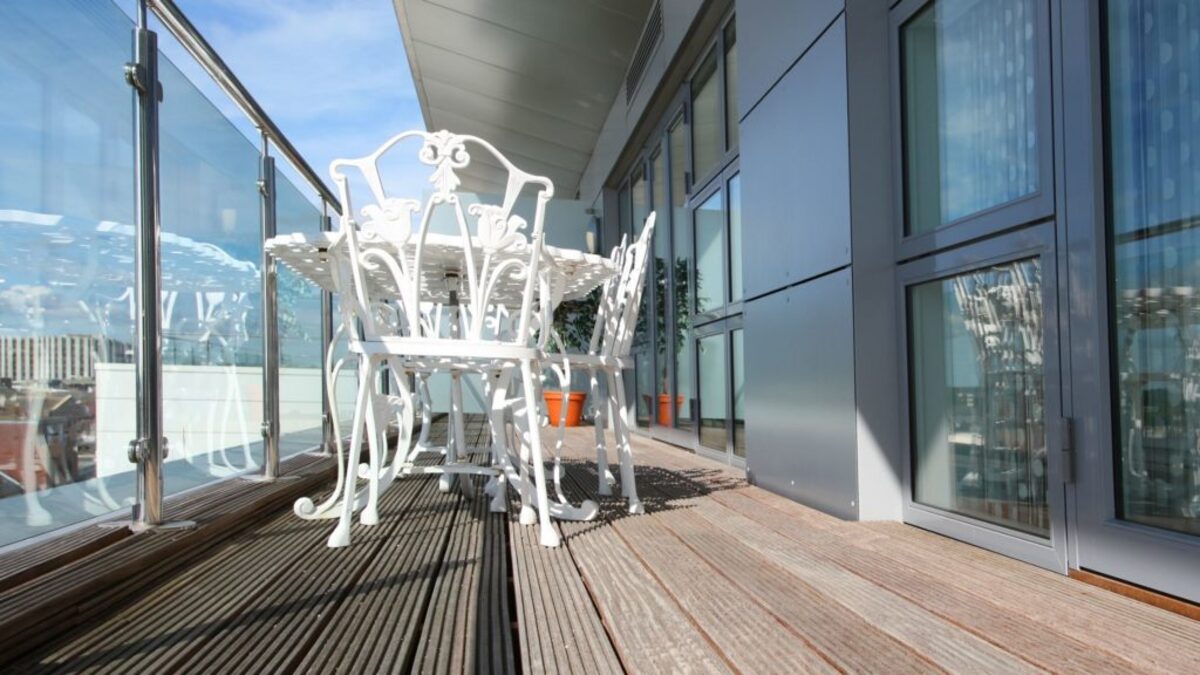
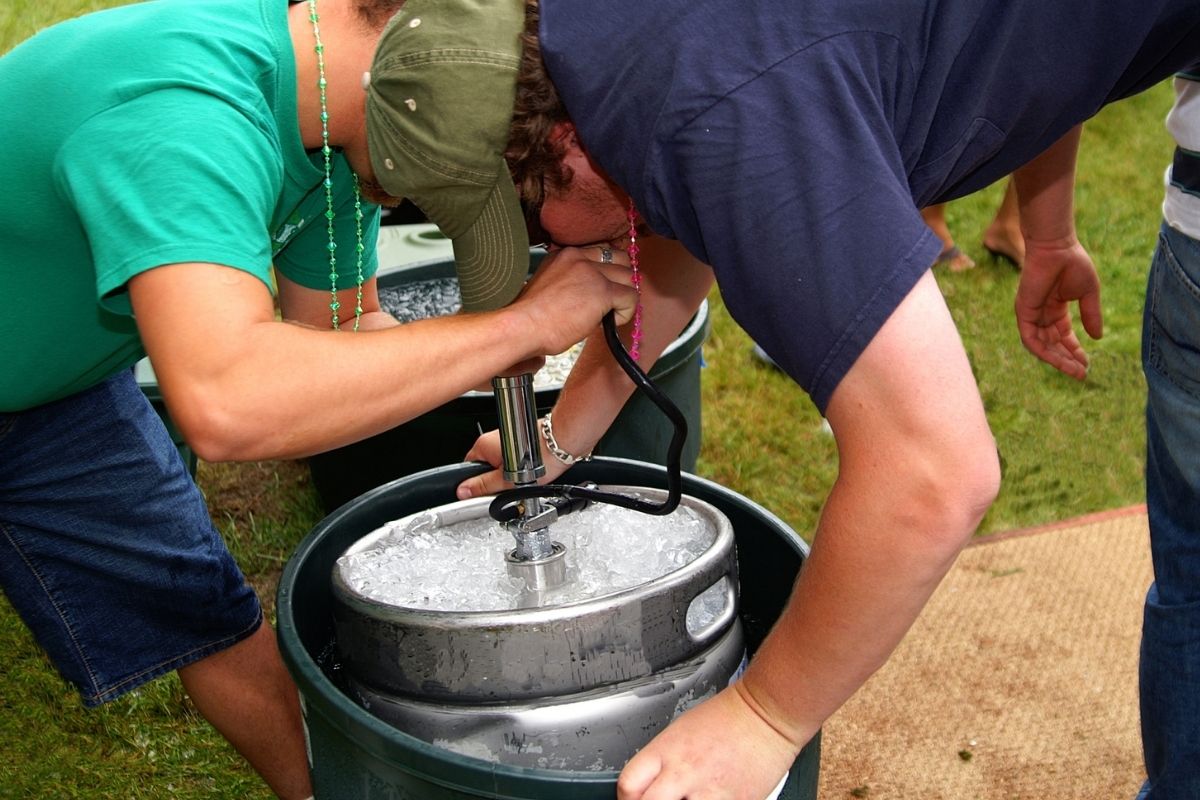
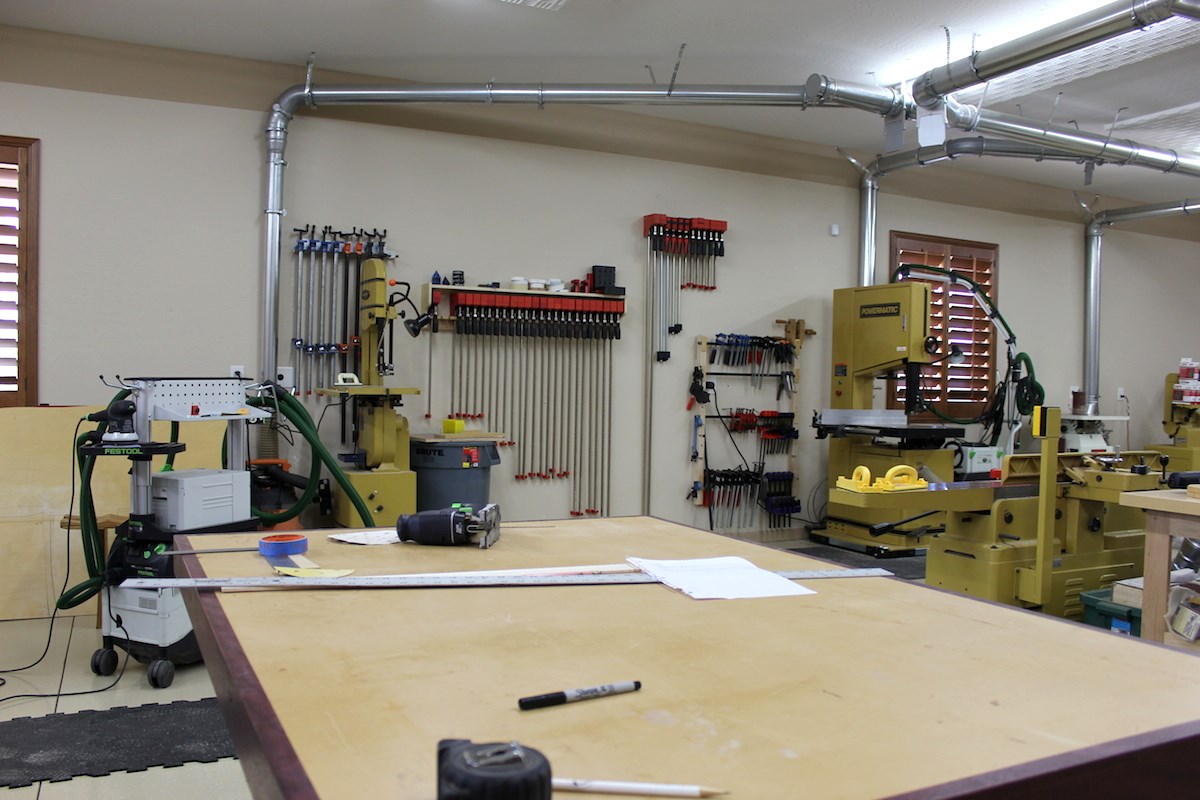

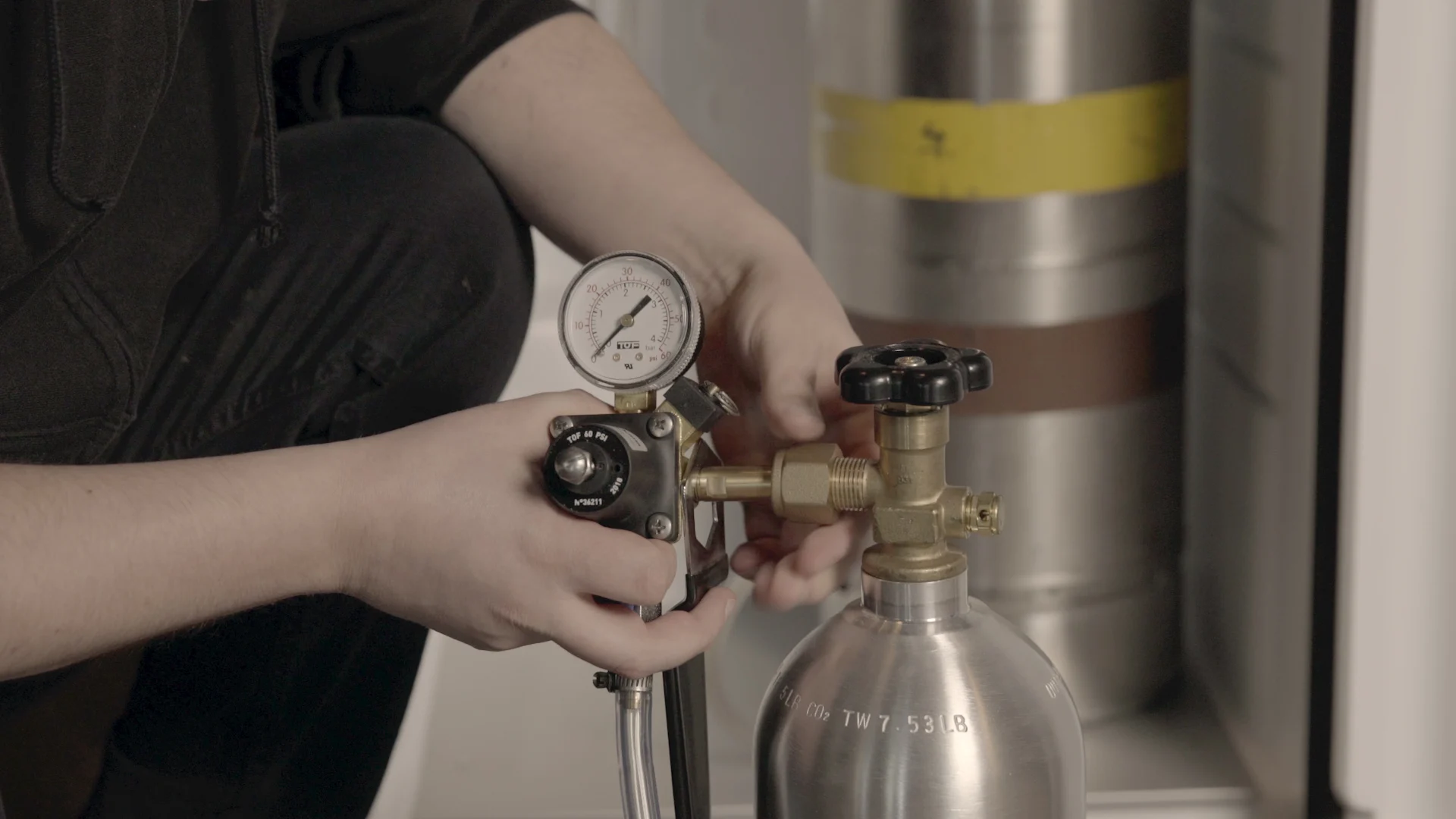
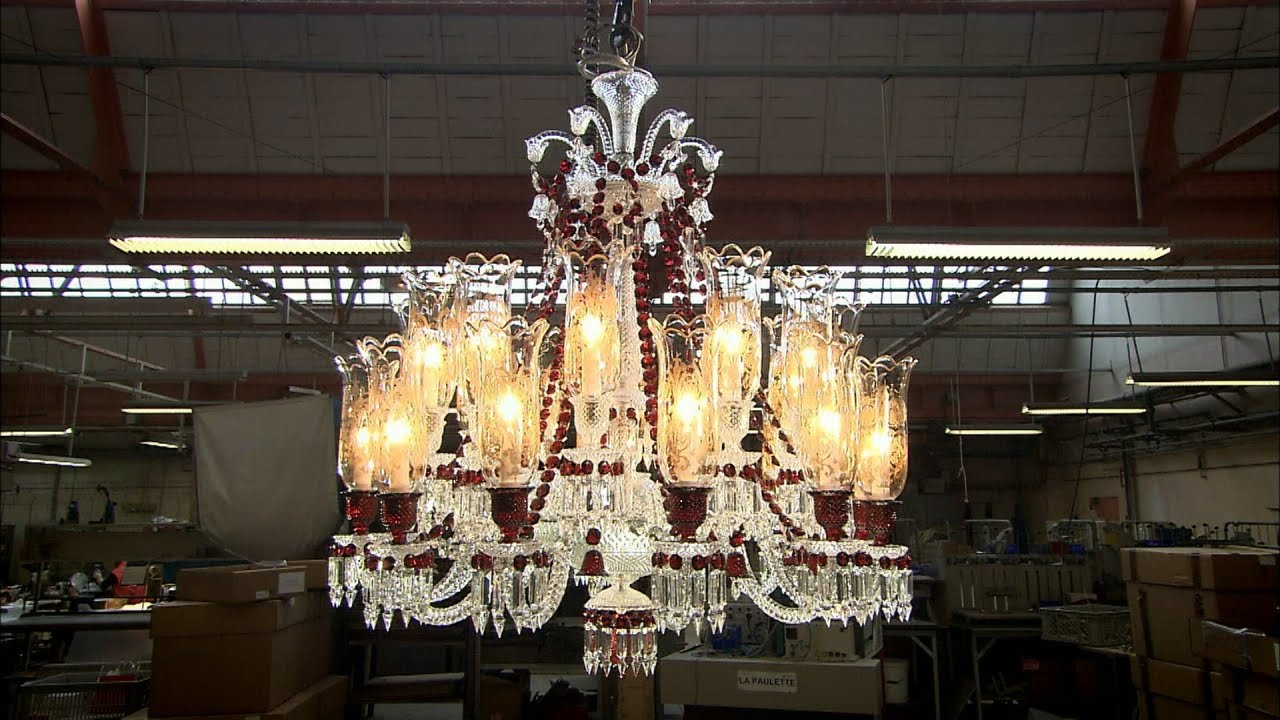

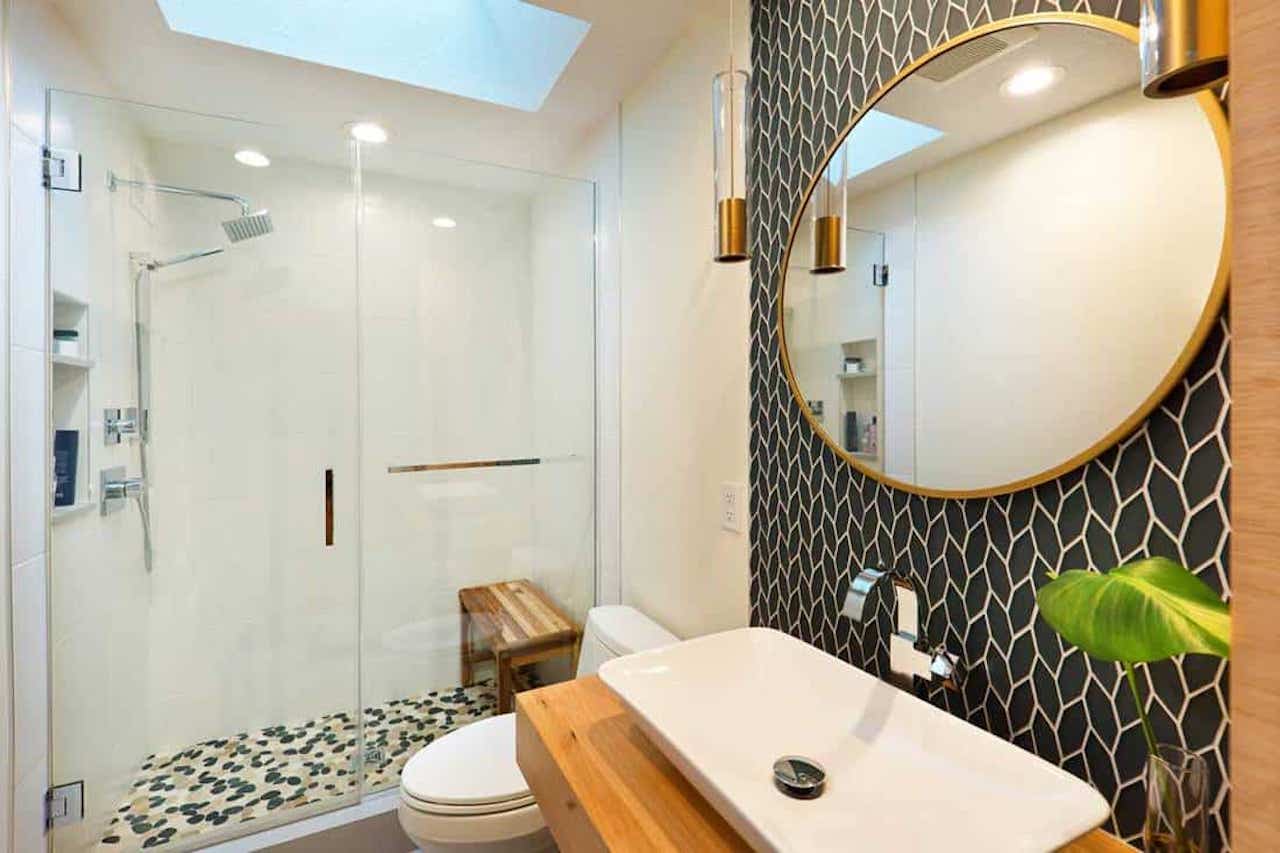
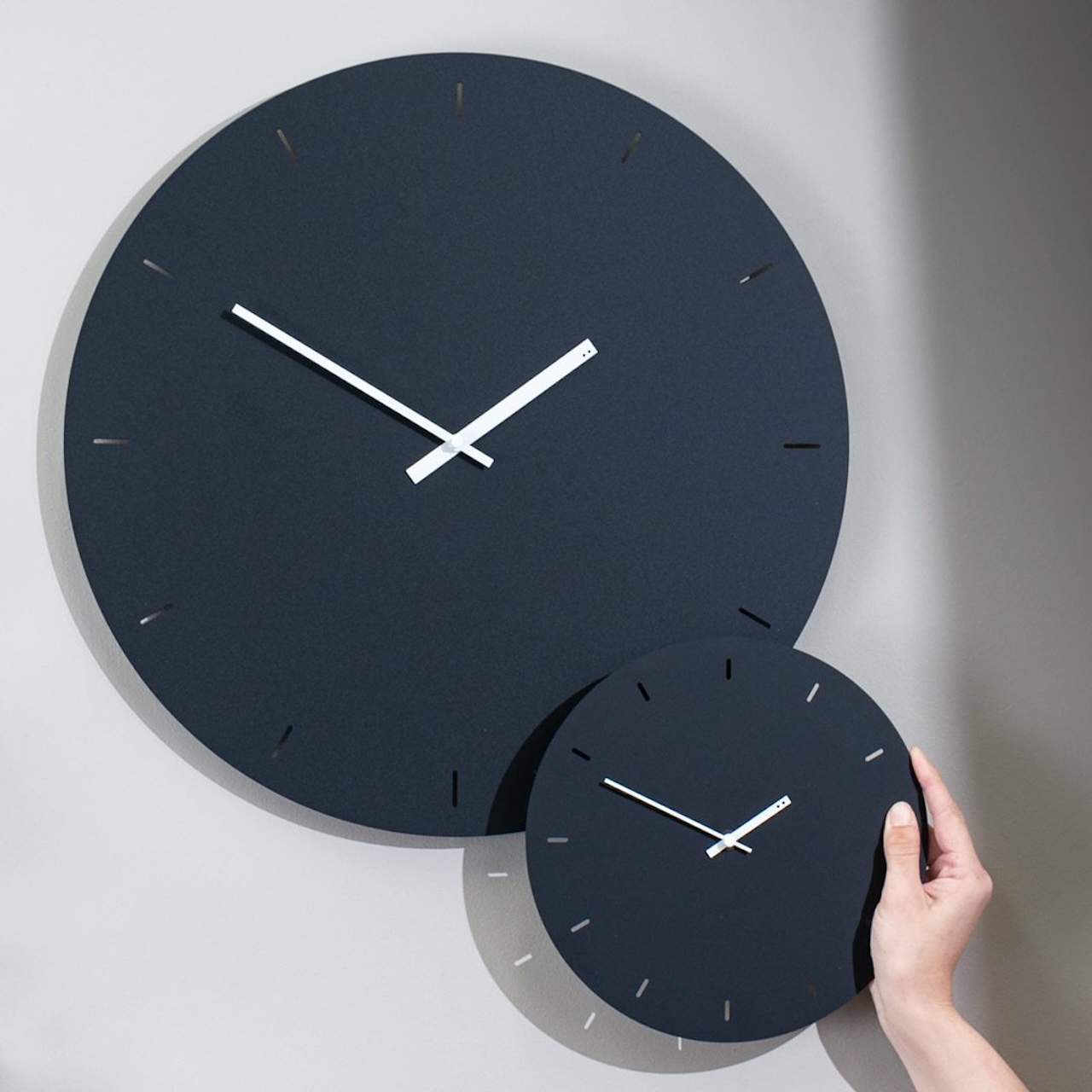
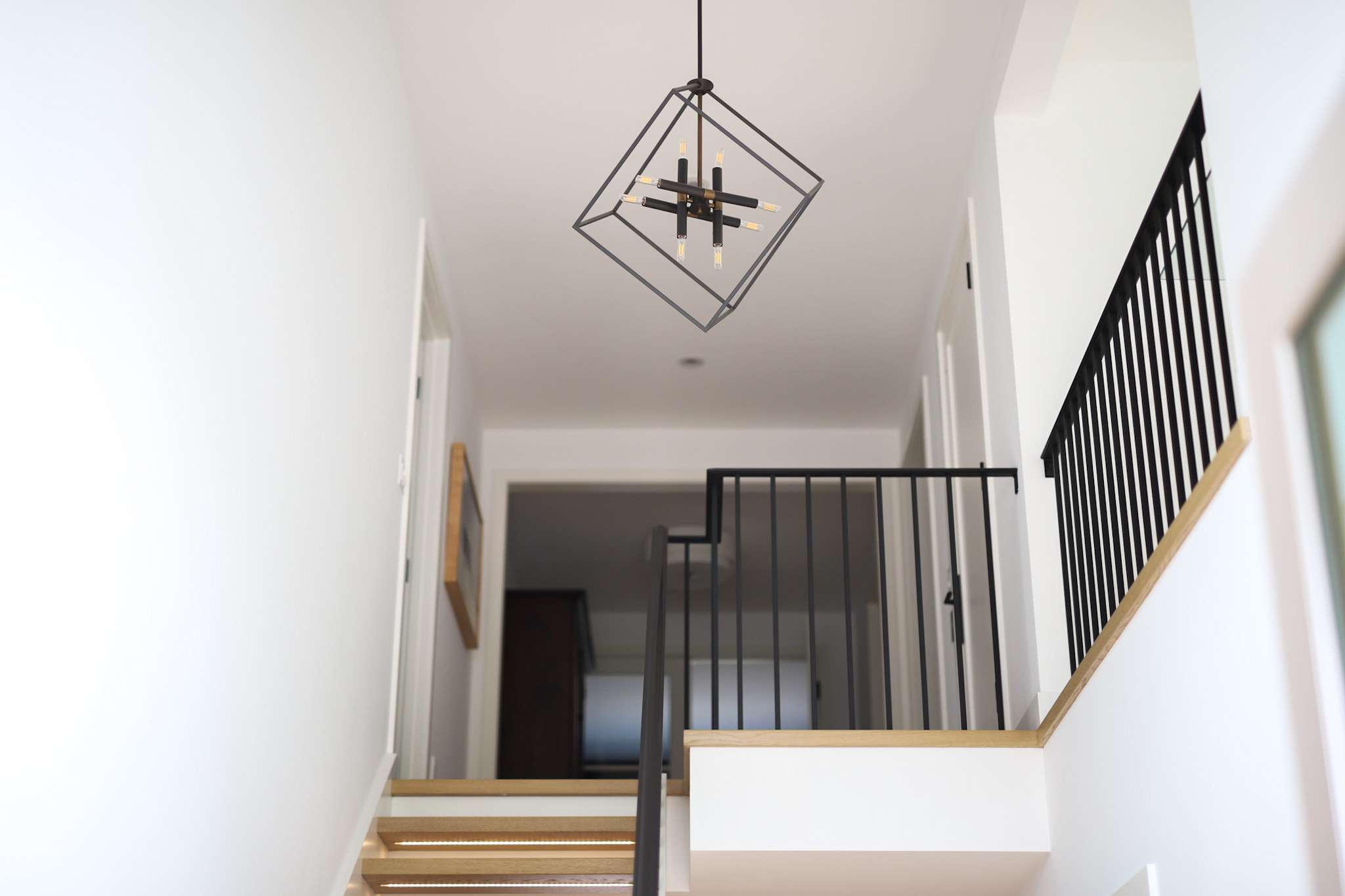
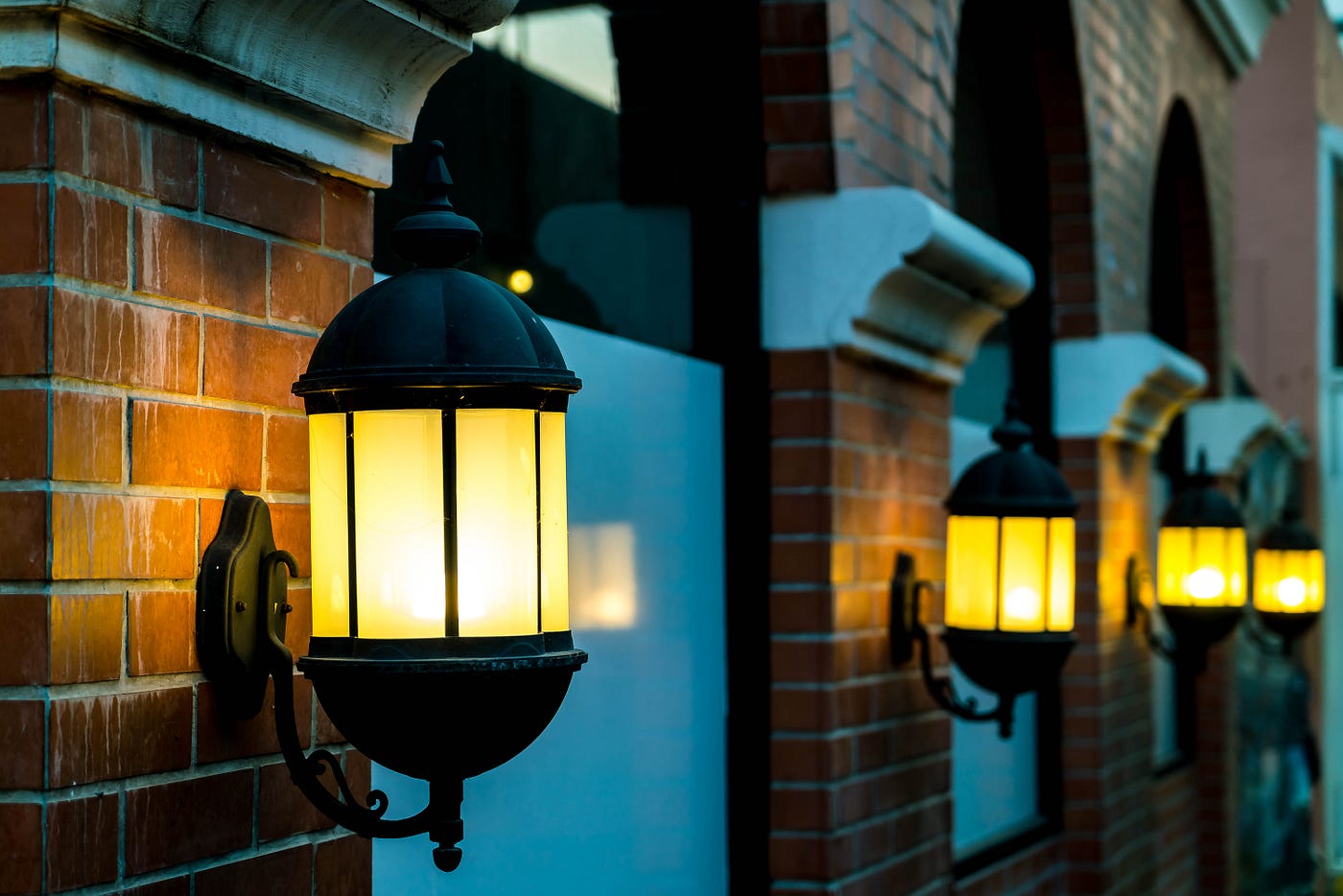
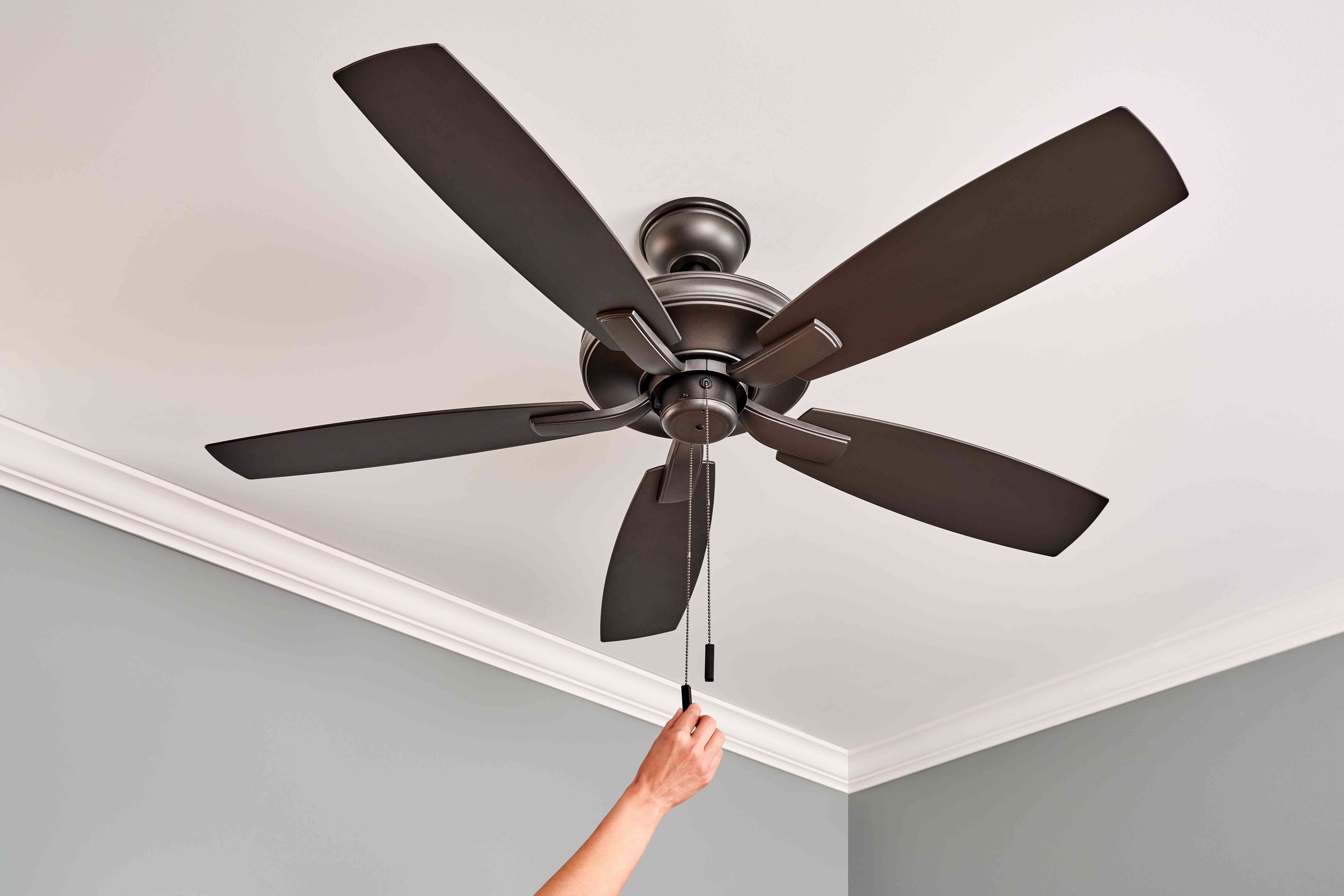

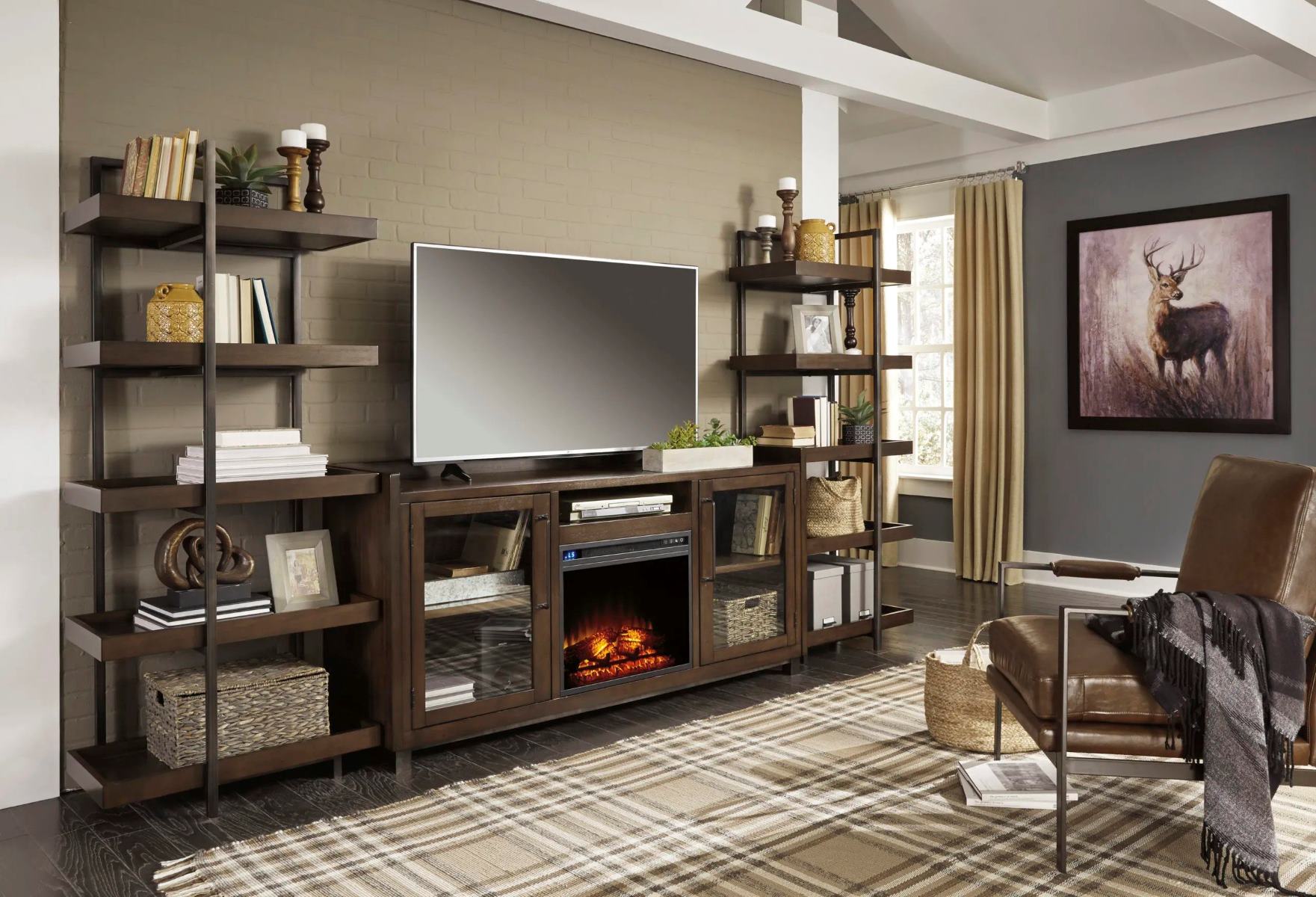

0 thoughts on “How Big Should You Drill For Kegerator”